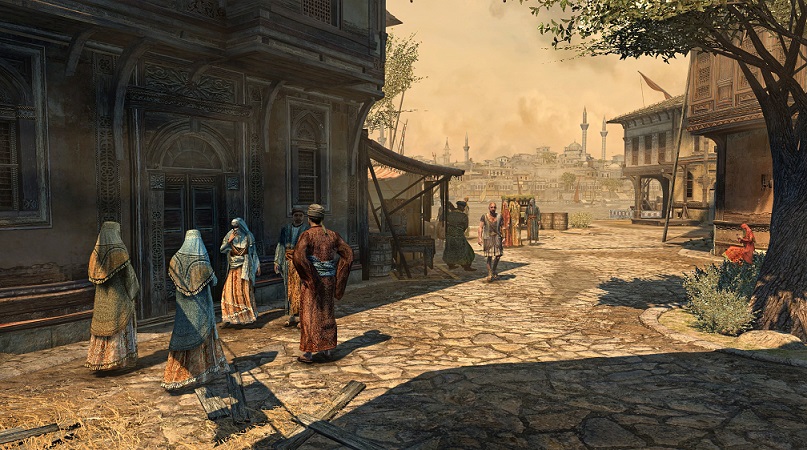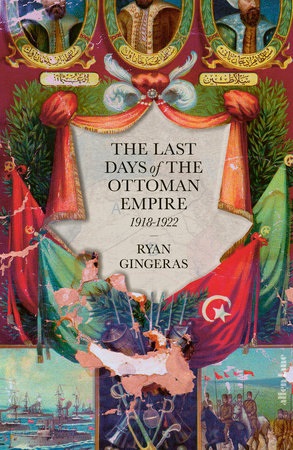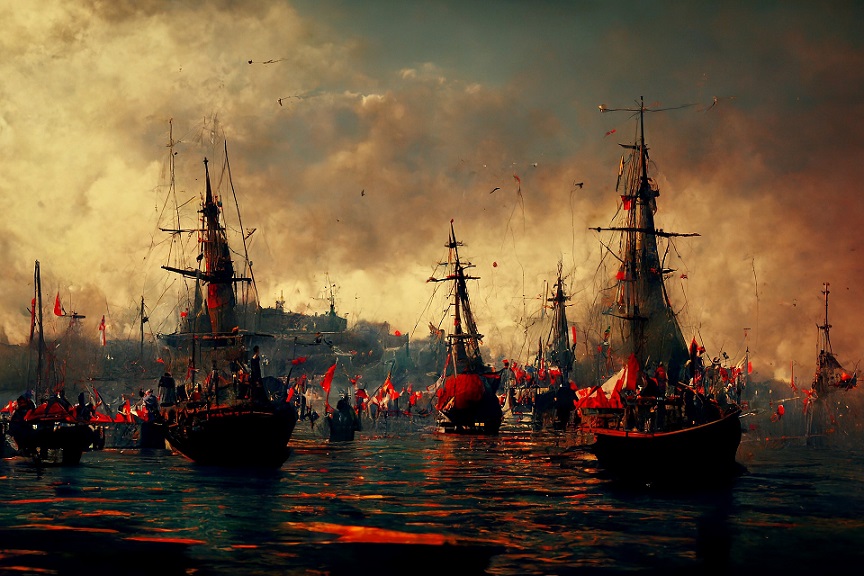The end of the Ottoman Empire, stretching from the Balkans to the Arabian peninsula, remains in the shade of other deceased empires – ancient Rome’s epoch-defining downfall; Tsarism’s out-of-the-blue collapse; the gradual dismemberment of the British Empire – but this book corrects the imbalance.
 Sean Sheehan
Sean Sheehan
Written with understated flair and superb command of source materials, the scope of “The last days of the Ottoman Empire” goes well beyond the usual perspective that sketches Ottoman decline as merely a backdrop to the birth of Turkey.
Ryan Gingeras fills a larger canvas by including the human cost of the empire’s implosion. Millions died and even more families were uprooted, their lives shattered as events unfolded after 1914; World War I being the catalyst for seismic challenges to a state that had commanded a presence in Europe since the Middle Ages.
Out of a confusing entanglement of ethnic, religious and linguistic identities, Turkey would emerge but so also would the embryo of an independent Saudi Arabia (the Ottoman sultan was also Caliph of Islam). And, more contested now than ever, states in the Levant and Middle East that initially passed from Ottoman to British and French rule also emerged.
 Balkan and Armenian nationalism was a problem for the Ottoman royal family but it was the alliance with Germany in World War I that brought terminal damage when the war’s victors extracted as much as they could get away with from those defeated.
Balkan and Armenian nationalism was a problem for the Ottoman royal family but it was the alliance with Germany in World War I that brought terminal damage when the war’s victors extracted as much as they could get away with from those defeated.
Before then, the Armenian genocide had taken place and Gingeras charts the course of the slaughter that took place.
It began with the arrest and murder of Armenians in Istanbul before targeted killings spread elsewhere and took in other populations.
The government destroyed records after the war but scholars calculate that between 600,000 and 1.2 million Armenians perished as well as hundreds of thousands of Assyrian, Orthodox Greek and other Ottoman Christians.
The book’s chapters on the Treaty of Versailles make invaluable reading and show how at first there was a united desire among nationalist partisans like Mustafa Kemal to preserve the Ottoman Empire.
This was despite the fact that not everyone who spoke Turkish – Albanians, Bosnians, Kurds, Circassians – saw themselves exclusively as Turks. By early 1920, Ottoman rulers set out to crush Mustafa Kemal’s Turkish nationalist forces and their failure to do so ended the legitimacy of their dynastic rule.
Gingeras brings a granular level of detail to the story but his narrative of political currents, tumultuous events, mass murder and deportations never lose pace or interest. Out of the maelstrom of Ottoman decline and fall, it is the lives of individuals like Kalsud Sürmenyan that command our sympathy.
 He was an Armenian but as an officer in the Ottoman army he was legally spared from deportation. His frantic search for his wife and family is successful but it results in a despair that was shared by countless other victims of the empire’s demise.
He was an Armenian but as an officer in the Ottoman army he was legally spared from deportation. His frantic search for his wife and family is successful but it results in a despair that was shared by countless other victims of the empire’s demise.
“The last days of the Ottoman Empire”, by Ryan Gingeras, is published by Allen Lane.
(Photos: Pixabay)












.jpg)












